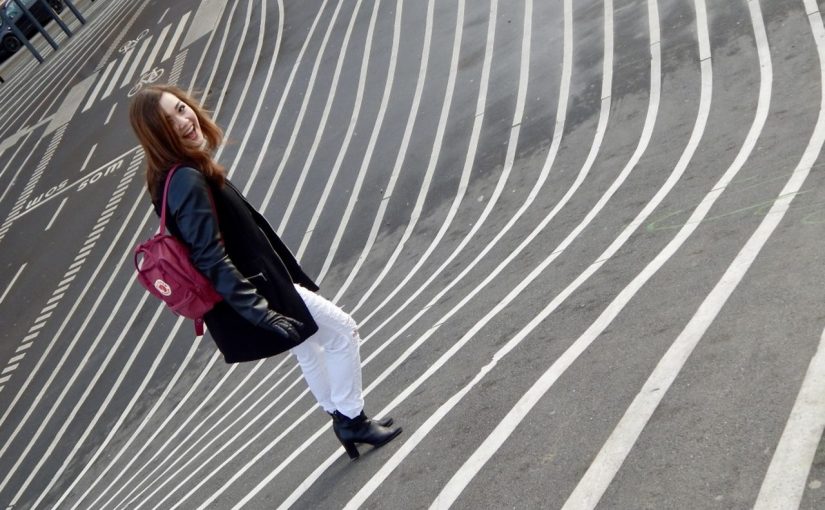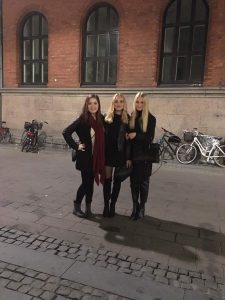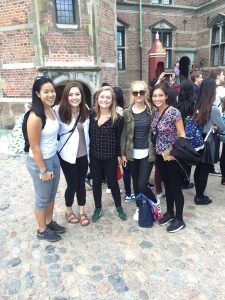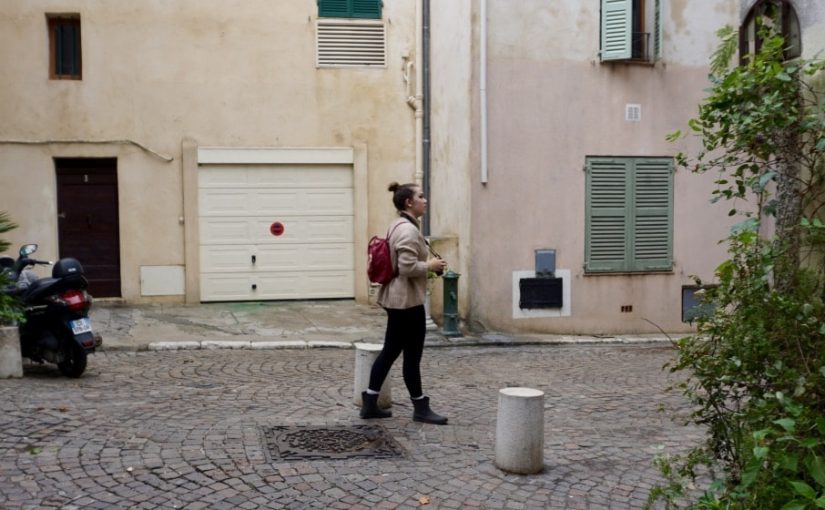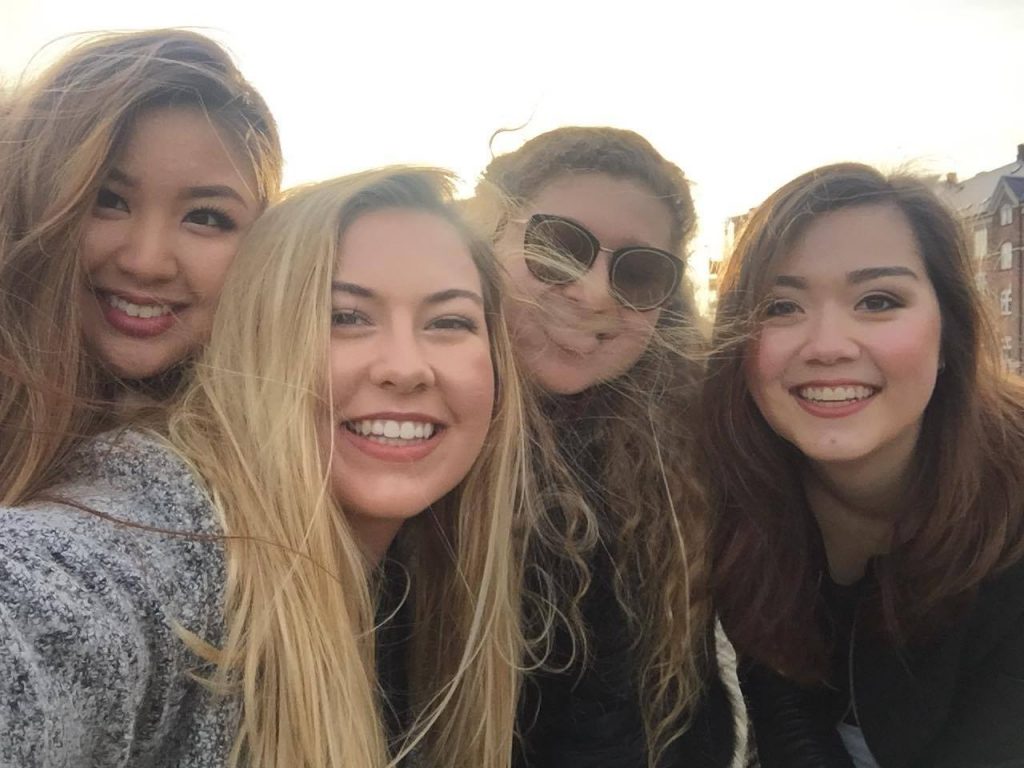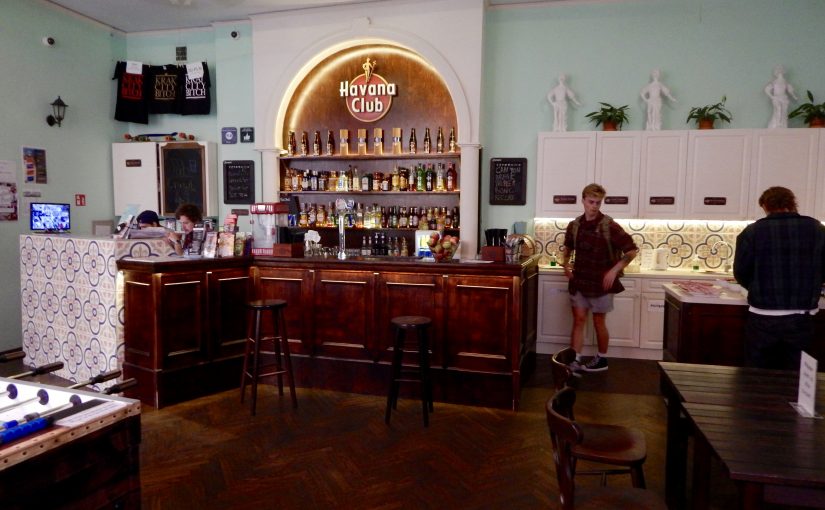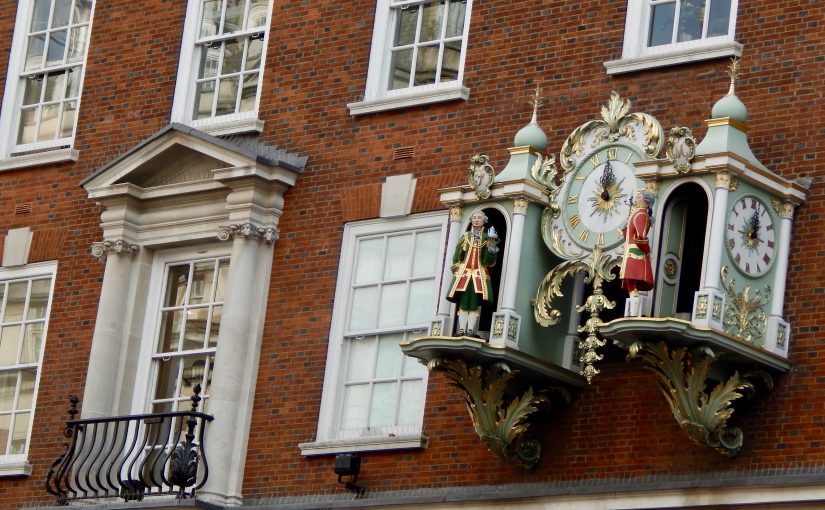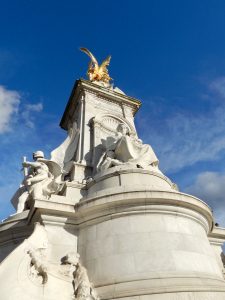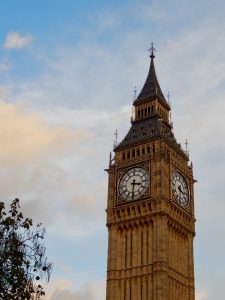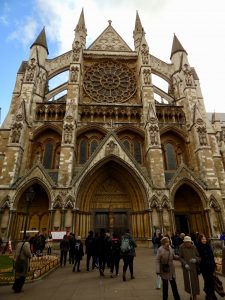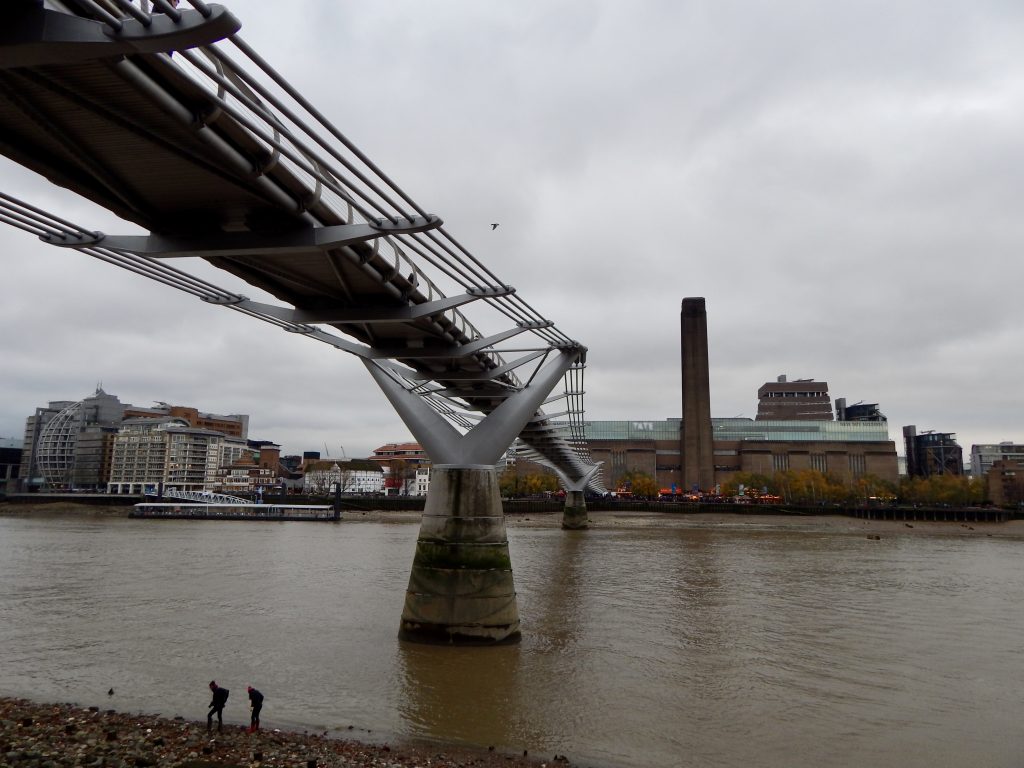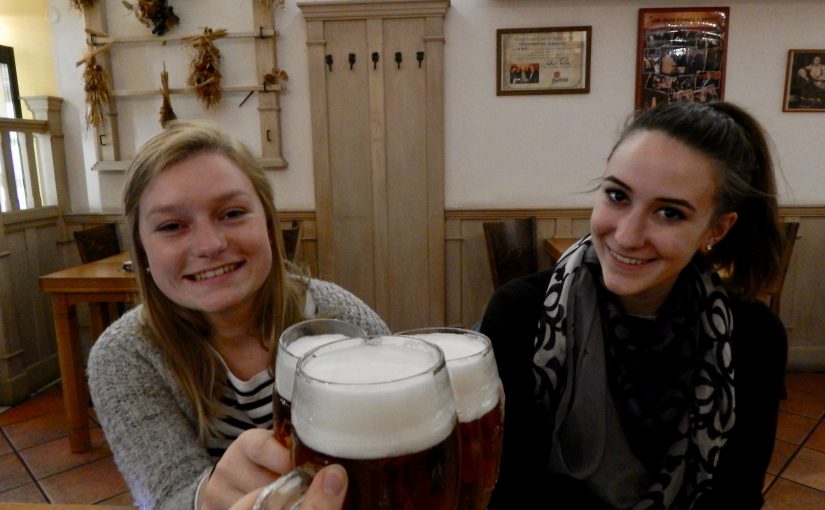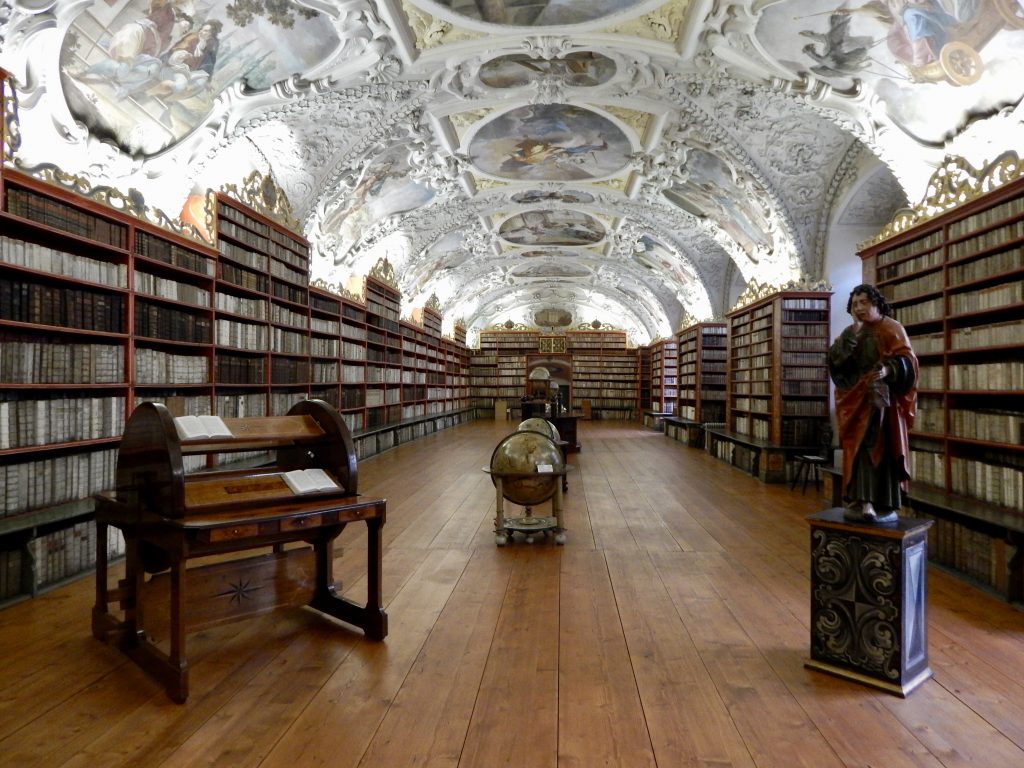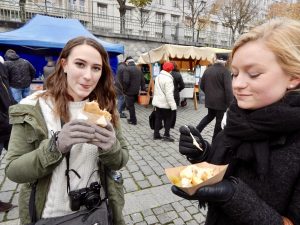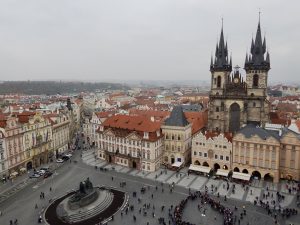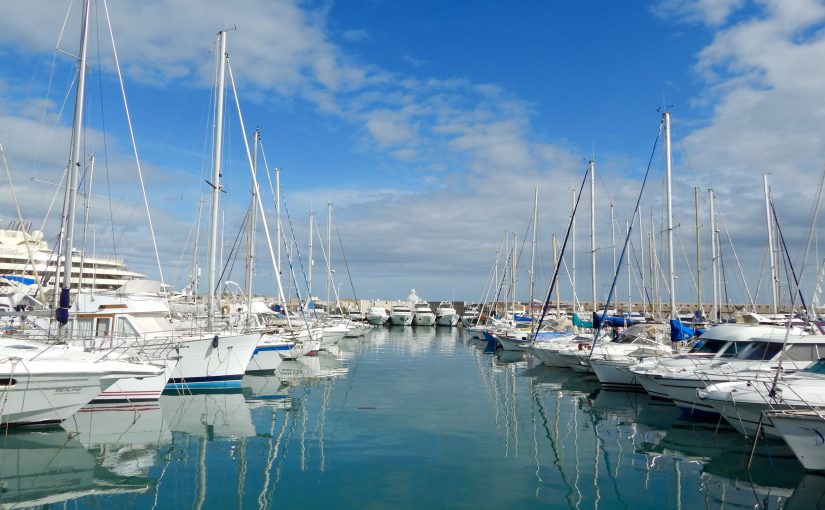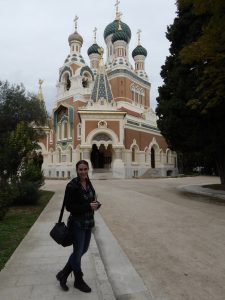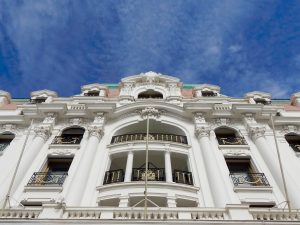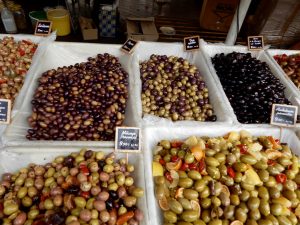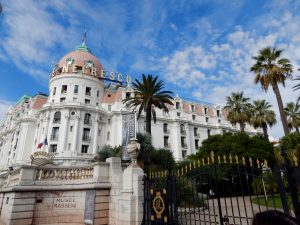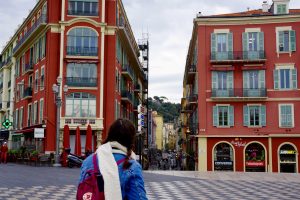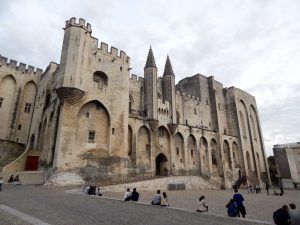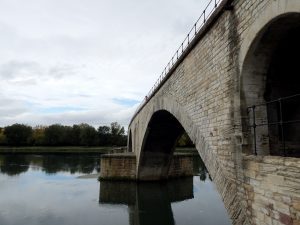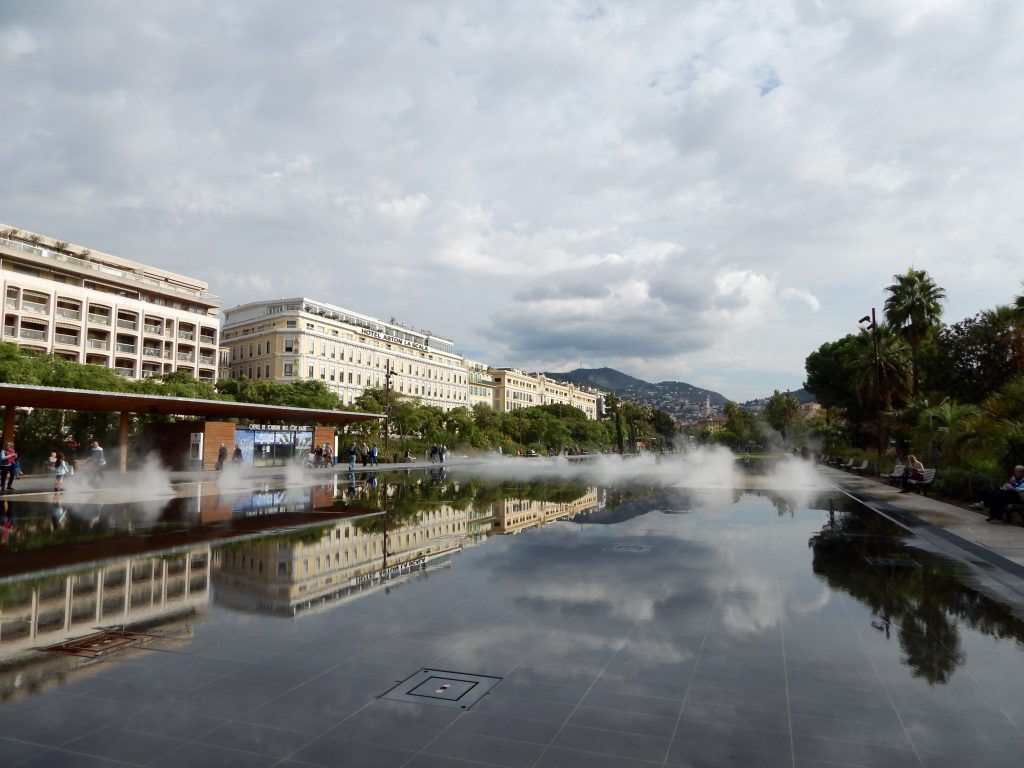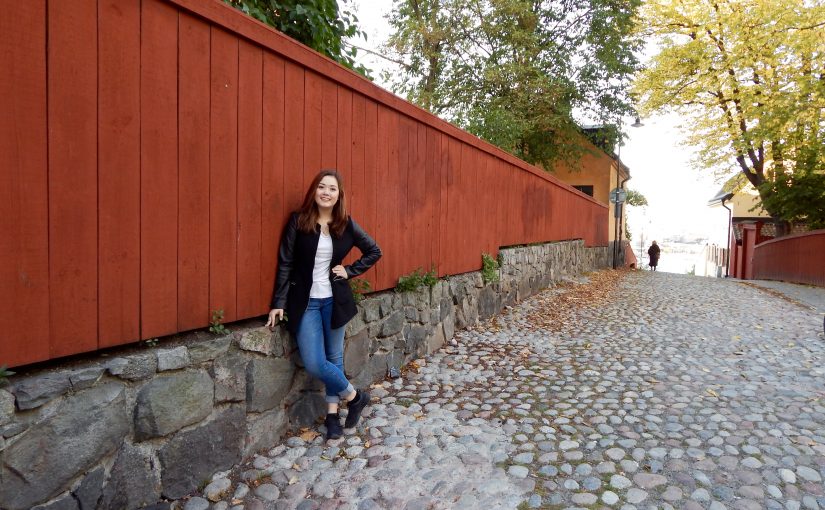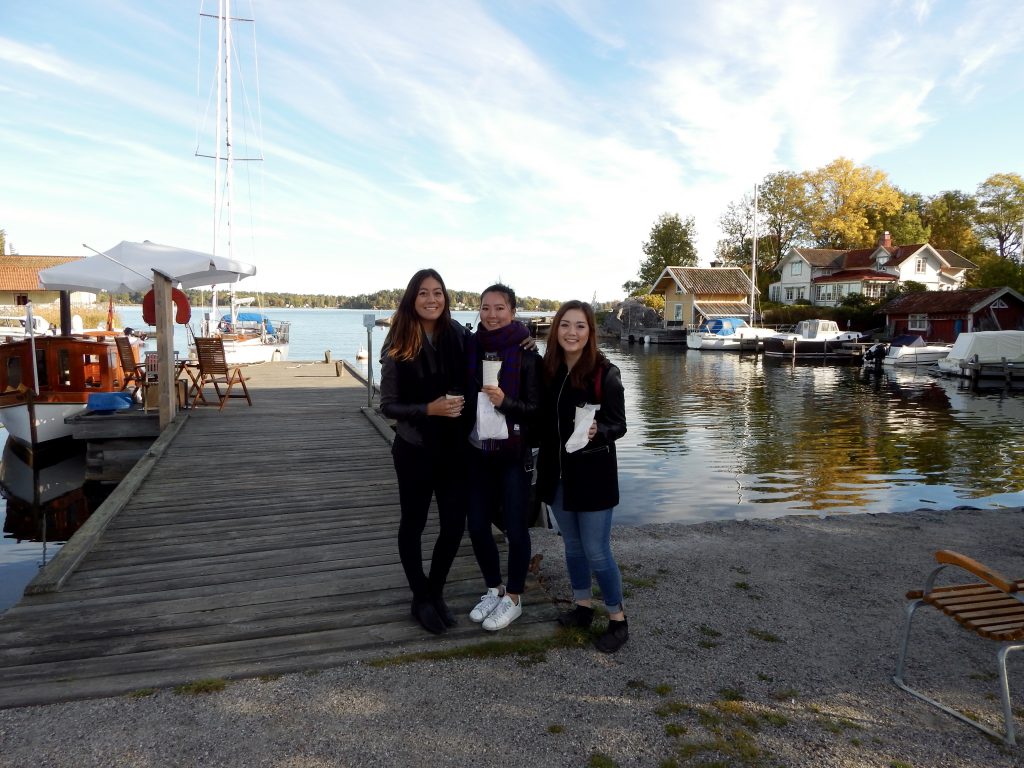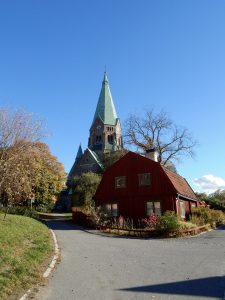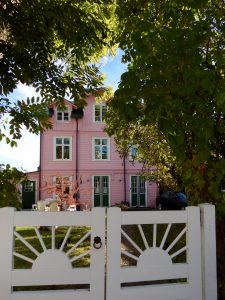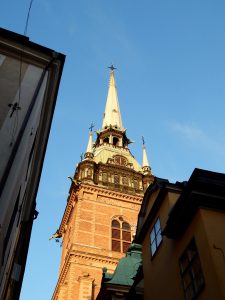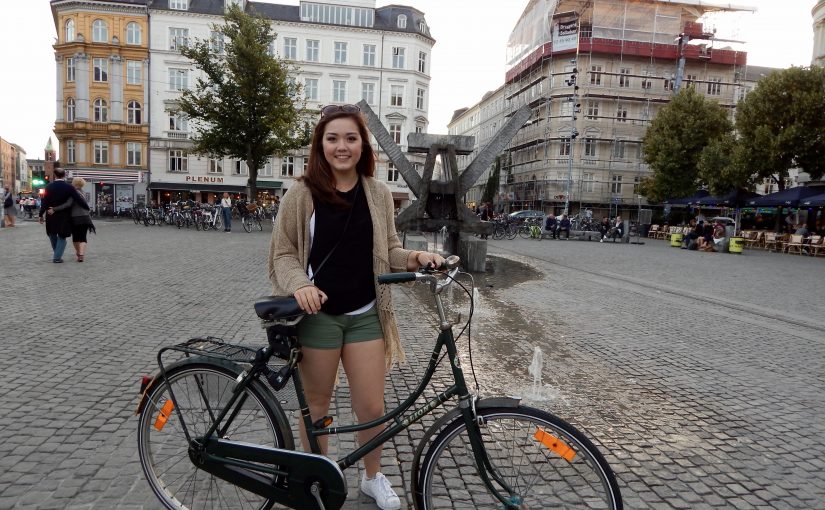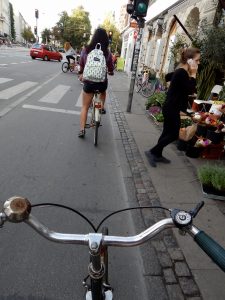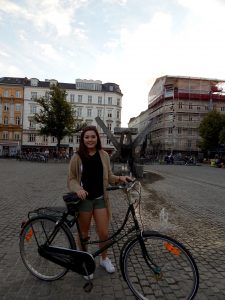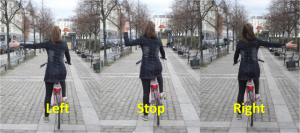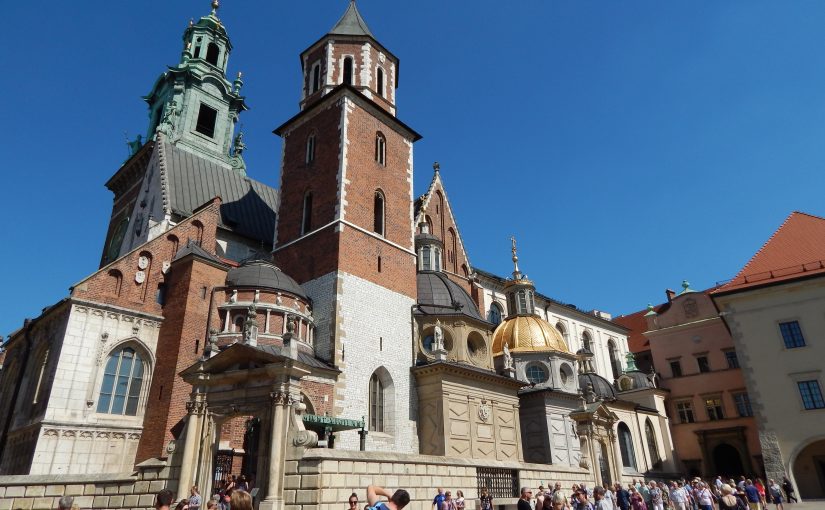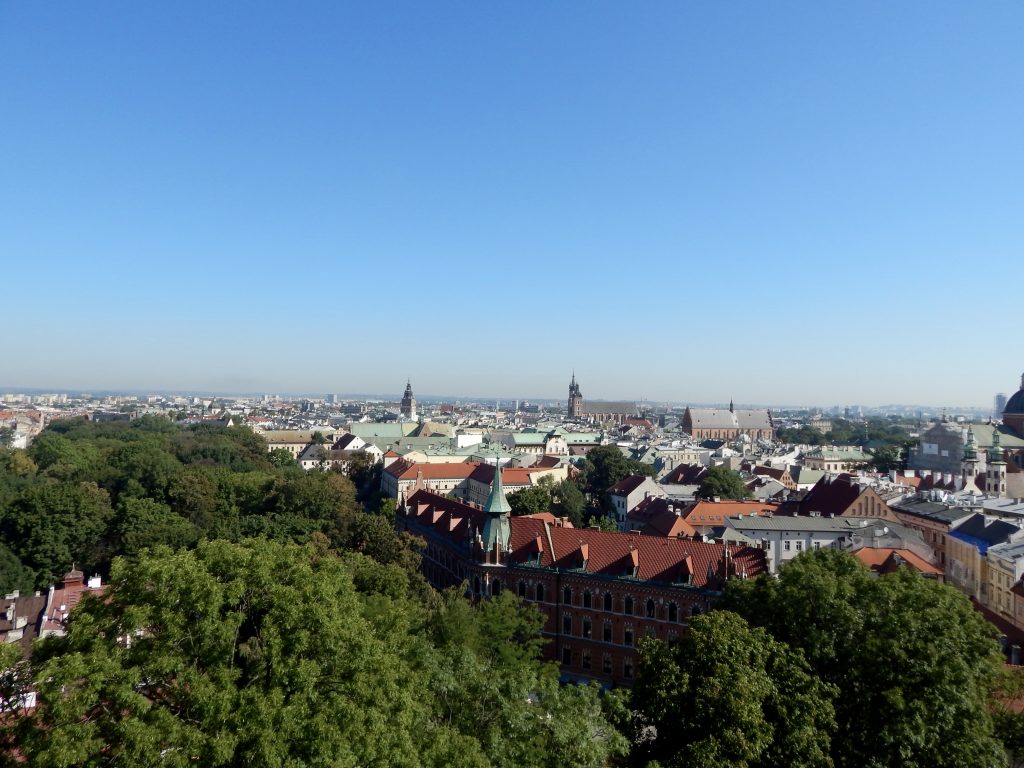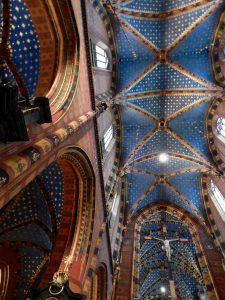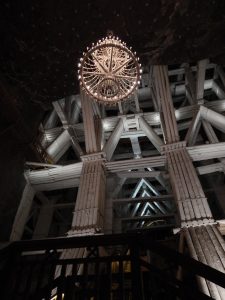“When you’re traveling with someone else, you share each discovery, but when you are alone, you have to carry each experience with you like a secret, something you have to write on your heart, because there’s no other way to preserve it.” – Shauna Niequist
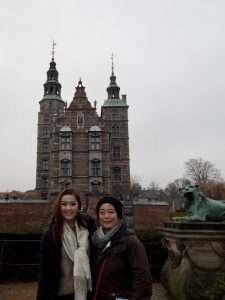 Deciding to go on exchange is the easy part. Then comes the jealousy from the friends…the making of travel plans…the outfit preparations… it’s all very exciting. However, once you get past the anticipation and the excitement, moving to a new country for half a year or more can be very daunting. Even having moved to Canada from the States for university (a much smaller change admittedly), coming to Denmark was much more of a culture shock than I’d originally anticipated.
Deciding to go on exchange is the easy part. Then comes the jealousy from the friends…the making of travel plans…the outfit preparations… it’s all very exciting. However, once you get past the anticipation and the excitement, moving to a new country for half a year or more can be very daunting. Even having moved to Canada from the States for university (a much smaller change admittedly), coming to Denmark was much more of a culture shock than I’d originally anticipated.
To make the transition process a little easier for other people, I’ve put together a guide to acing exchange in Denmark:
Getting Around
– Buy a bike (and a good lock). Copenhagen is a relatively small city geographically and there’s bike lanes everywhere (plus it’s flat) so you can get anywhere on your bike. Read up on bike rules here.
– Don’t use the bus – it’s slow and unreliable and I’ve often biked faster than the uses (seriously just metro or bike).
– The Metro runs every couple of minutes and runs all night. It’s very efficient and I highly recommend.
– Get a Rejsekort – price is half of regular fare and it adds up for all the trips back and forth to the airport. It works for metro, bus and s train.
Food
– Don’t buy takeout it’s very expensive.
– Food in general is very expensive.
– Better to get a full meal if you’re already spending money or get coffee with a friend instead!
– Cook at home (but get used to eating meat because there are not a lot of easy options for vegetarians let alone vegans).
– Try the pastries/desserts – this was my favourite part of danish food and in my mind, the more remarkable of danish foods.
– Black Licorice!! They do it differently here and you’ll fall in love with it.
The Danish Education System:
– Schedules are done differently (much less class time and much less mandatory) so use that to your advantage and travel travel travel! (Quite a few Danes show up on the first day of class, show up at the exam and still get an A)
– School is more concept based and theoretical (define terms, etc) than practical so expect to reflect that in your exams.
– Oral exams are totally weird and grading is sort of arbitrary so just grit your teeth, commiserate with classmates and do your best!
Style
– Always dress nicer than you think you should because the Danes will still out-dress you.
– Wear many layers to plan for variations in weather.
– Don’t wear tight jeans when you’re biking (lost two pairs of jeans that way).
– Eliminate colours.
– Fur is in! I swear Scandinavian women probably singlehandedly drive what still exists of the fur trade. It’s both horrifying but also wonderful (because they look so damn good).
Social life
– Always opt in for the orientation stuff – you’ll regret it if you don’t.
– For the happiest people in the world, Danes are very hard to get to know.
– But, once you do get to know them they are absolutely wonderful people (it just takes a lot to break the ice with complete strangers).
– My friends here were surprised that I consider myself an introvert (US/CAD vs Scandinavia I guess lol) so take that as you will.
– Just put yourself out there and when it’s too hard, you always have over exchange students to rely on before getting back out there.
– You’ll meet fantastic people while you’re here. Make sure to make the most of it!
Housing…the biggest struggle
– Housing is VERY VERY difficult to find. If you don’t know people, or your school doesn’t give provide housing, you may be in a pretty tight spot.
– If you’re looking for housing, beware of scams! Apparently there’s quite a few out there.
– Many of my friends were able to negotiate longterm deals in AirBnbs so this may be an option for you. (Note that Denmark may be considering banning AirBnb so be sure to look it up before you go).
Things to Bring With You (Because They Don’t Have it Here)
– First of all, check out my packing list.
– Cough/cold medicine (for some reason they only sell echinacea and which doesn’t do the trick when you need to ‘un-sick’ yourself for traveling, exams, etc.
– Favourite foods: my mom sent me Japanese food & snacks because it was almost impossible to buy here (and if you could buy it, it was ridiculously expensive).
Copenhagen is a pretty small city but give yourself time to get to know it and if you’re able to, travel outside a bit to see what else is out there in Denmark!

